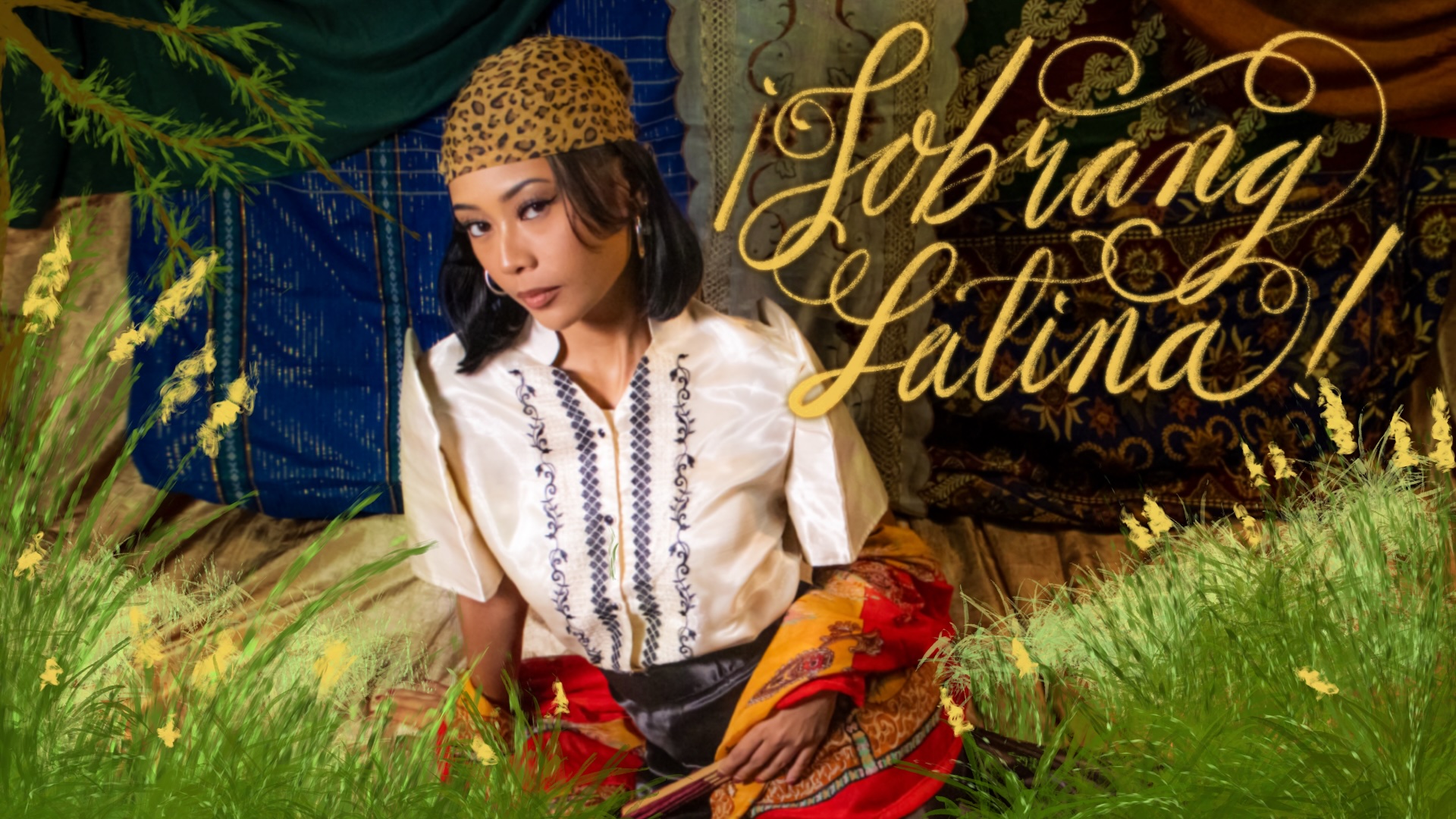The Philippines has taken social media by storm. And with a new phrase adding up to a lexicon of newer and more contemporary compliments, “Chinita” is out, and “sobrang Latina” is so in. All over the country, the latest buzzword has taken on different forms—from dancing with the same groove to replicating their looks. But what does it mean to be Latina in the age of globalization? And more importantly, what does it mean to be Latina in a world that celebrates Eurocentric beauty?
The genius behind the term, Sesable, a content creator and a homegrown Latina herself, tells us in her now-trending video about Latina beauty: “Kagwapa va oych! Grabe ang pagka-monyika ng babae!” Indeed, what makes Latina beauty different from other types of beauty is what Sesable deems as “pagka-monyika” or doll-like appearance and “sobrang sarap” or deliciousness.
(What a beauty! A severe case of dollness!)
Although no matter how catchy or popular the phrase is, it compels us to rethink the ways we define ourselves: must Filipinos aspire to be Latina or have we been conditioned to think that we are as part of our colonial history?
Colonization – Remastered 2025
What entails the Sobrang Latina label is a haunting of a people and a nation who have, for the longest time, been afflicted with colonial power. The internet has allowed for newer forms of settlement through music, art, film, literature, and trends that sway and pervade virtual spaces. The extent to which Sobrang Latina has spread among Filipinos should be unsurprising: the crux of colonization has always been about erasing indigenous identities and having them replaced with the colonizer’s defining traits. So really, almost, but not quite.
Though this is the case, many Filipinos still claim themselves as Latinas, both as an identity and a way of life. Filipino (though she would refer to herself as Latina) and Gen Z (actually millennial) Kamala Cabello* (not even her real name) says she integrated into the Latina lifestyle because she found that it helped her become the woman that she is today. “Listening to Brazilian Phonk has made me come to terms with my Latina-ness. You know, marinig mo pa lang ‘yung ‘toma toma’ mapapasayaw ka talaga eh,” Cabello tells The LuhSallian.
(Just hearing ‘toma toma’ really makes you dance.)

Beki G, another Filipino content creator on TikTok, promotes the Latina lifestyle—and has gained a massive following from it. For her, she doesn’t see her content as promoting anti-Filipino sentiments, but rather as another life that Filipinos might want to pursue in the future. “It really is a gateway to being a certified ‘baddie.’ Chinita is overrated anyway. And I think it is high time we recognize that as a people.”
Kamala and Beki are not the only Filipino youth who are engrossed in this kind of life and thinking, many of them are on social media or are in hiding—and we might see more of them come out in the coming years and decades.
Revival in integration
With the implicit introduction of Hispanic culture into our actively colonized society, one may wonder what steps are next for deeper “Spanishisms.” Historian, linguist, and educator Colin Aza Schon MA, PhD foresees Sobrang Latina as the entry point to bring back the Spanish language as a subject in school curriculums. “We need to keep up with the trend and dig deeper into our colonial roots,” he shares.
Of course, this wouldn’t be an easy task. With the effort of putting Filipino languages at the forefront of curriculums—especially in regional setups—there is a possibility that local languages might be shunned to the side. “I can see where and why the worry arises,” Schon admits. “But this doesn’t necessarily mean that we are completely writing off learning the local languages. It just means that we’re adding Spanish! [Learning a foreign language is] a great way to be globally competitive,” he adds.
After all, why should the Philippines be the only former colony of Spain to not speak the colonizer’s language?
“Brazil! Argentina! The Dominican Republic! They’re our colonial cousins,” Schon emphasizes. The mere fact that we have secured the crown in the 2025 Reina Hispanoamericana pageant is proof that Filipinos have what it takes to be Latinas. Furthermore, he imparts that our shared struggles can only propel us to own our collective trauma as we are able to face this part of our history.
Retracing the roots
More than ever, the trend of Sobrang Latina is not a mere gimmick. It is a movement. The Philippines’ name itself derives its name from Spanish King Philip II, so why forget our colonial ancestry? Our history is something that we must never forget, as they are important pieces that have built who we are at present.
“What was then is important to now!” Schon posits. “Even if we have things on record, we cannot simply forget to bring them to the now!”
It’s not all that bad to go back to the old ways. Some may see this as a form of regression; yet truly, it is a form of expression. There is beauty in reveling and embracing our inner Latinas. And maybe, just maybe, through the trend, we are able to dismantle the beauty standards that continue to divide our country and become the best version of ourselves, which just so happens to be Sobrang Latina.
*Names with asterisks are pseudonyms.
This article was published in The LaSallian‘s Spoof 2025 issue. To read more, visit bit.ly/TLSSpoof2025.



